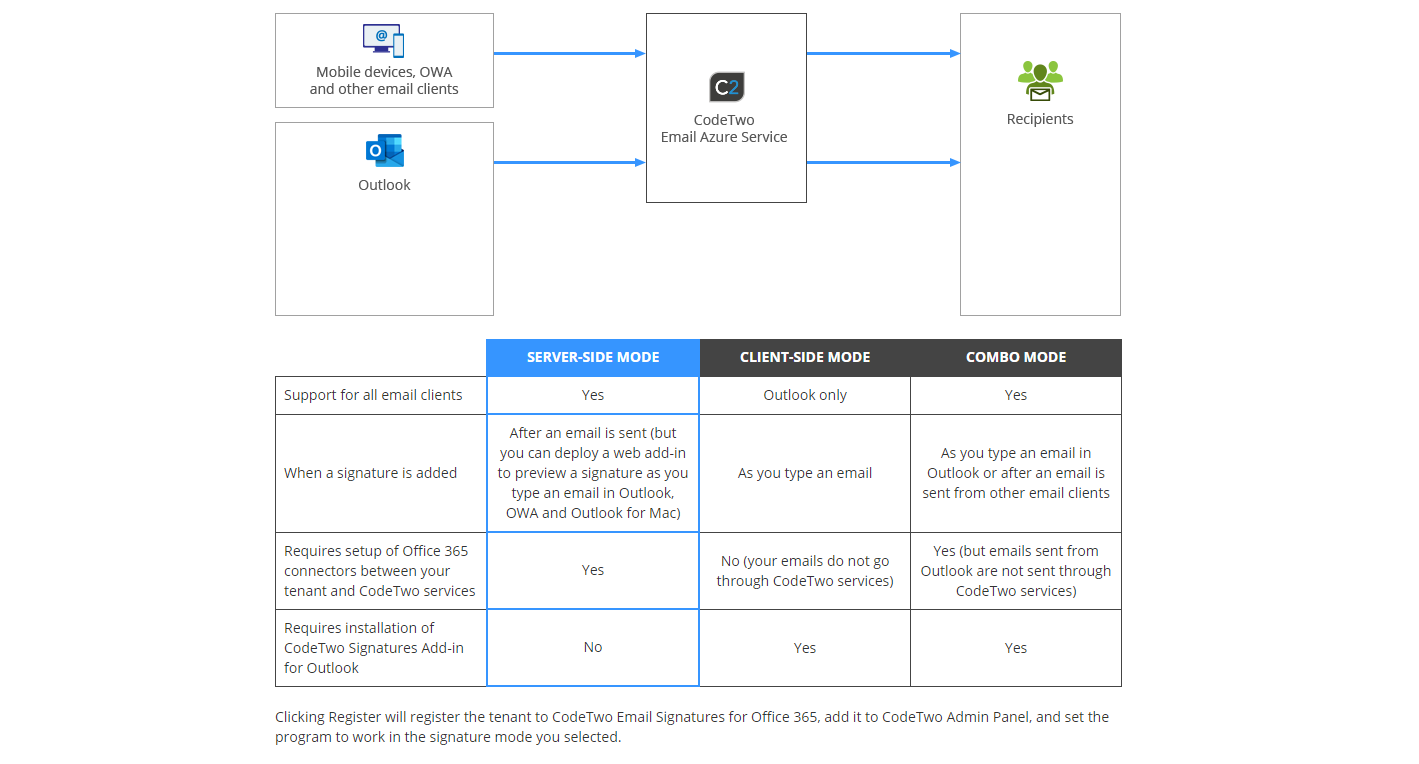
There are many conditions you can select from to control when messages should be sent to the connector. Now that we've created a connector, we need to create a mail flow rule that will send mail to it based on the criteria you define. Step 2: Use the EAC to create a mail flow rule Review your new connector configurations and click Next to validate the connector. Specify one or more smart hosts to which Microsoft 365 or Office 365 will deliver email messages.ĭefine your Transport Layer Security (TLS) settings depending on your security needs. Click Next.Ĭhoose Only when I have a transport rule. If you want to turn on the connector immediately, check Turn it on. Name the connector and add a description. In the To: drop-down box, choose either Your organization's email server or Partner organization if you want to connect to a server other than your organizations. In the From: drop-down box, choose Office 365. Go to Mail flow > Connectors and click New to create a new connector. Review the settings for the new connector and click Create connector. Once the validation process is completed, click Next. The email address is displayed below the text box, indicating it is ready to be validated.Ĭlick Validate. The Validation email screen appears.Įnter an email address that is valid on the mailbox of your organization's email server.Ĭlick +. The Security restrictions screen appears.Ĭheck the check box for Always use Transport Layer Security (TLS) to secure the connection (recommended).Ĭlick Next. It is mandatory to click + after entering the smart host name to navigate to the next screen.Ĭlick Next.

(These smart hosts are the ones to which Microsoft 365 or Office 365 will deliver email messages.) The Use of connector screen appears.Ĭhoose Only when I have a transport rule set up that redirects messages to this connector.Įnter one or more smart hosts in the text box. Provide a name for the connector and add a description.Ĭheck the check box for Turn it on under What do you want to do after connector is saved?Ĭlick Next. Under Connection to, choose either Your organization's email server or Partner organization (if you want to connect to a server other than your organizations).Ĭlick Next.

Under Connection from, choose Office 365. The Connectors screen appears.Ĭlick + Add a new connector. These connectors are to be created in the New Exchange admin center (EAC) and Classic EAC. The subsequent two procedures are for creating connectors from Office 365 to your organization's email server.
Outlook conditional formatting internal emails how to#
If you want to learn more about how to create connectors, check out Configure mail flow using connectors. to specify the font characteristics that Outlook 2016 applies to the message fields if the rule’s conditions are met Click Condition. In this connector, you'll select where received messages originate from (such as a mailbox in your Microsoft 365 or Office 365 organization), the type of organization to which the messages will be sent (such as your on-premises servers), the security that should be applied to the connection, and name or IP address of the target server. To add a new conditional formatting rule, click Add to create a new rule named Untitled and then: In the Name box, type a name of the new rule Click Font. This connector will be used by the mail flow rule that we'll set up in Step 2. The first thing we need to do is create a connector from Office 365 to your organization's email server. Step 1: Use the Exchange admin center to create the connector When the steps below are completed, a mail flow rule will redirect messages addressed to users whose City property is set to New Orleans to the IP address specified by the connector from Office 365 to your organization's email server. You can do this using connectors and mail flow rules (also known as transport rules). For example, if you have multiple sites around the world, you might want to route mails to a specific site. These different routes depend on the recipient or sender of the mail, where it's being sent, the contents of the message, and so on. Try the above steps and let us know the result.There might be times you need to route mail differently. If the issue resolves, then set the new Outlook Profile as the default Profile following the steps as described in the Microsoft Article above: KB829918. The initial sync/download and receive all emails in all folders until recent.Ĭlose and reopen Outlook 2013 in the new Profile.Ĭheck if the issue resolves and the formatting remains in all the folders. Once your account is configured allow the account to complete Once the new Outlook profile is setup add your email account/s to the new Outlook profile or you may refer to the steps as per this Microsoft Article to manually setup your We will create a new Outlook profile with yourĮmail account and check if the issue resolves in the new profile.įollow these steps to setup a new Outlook profile:

Since this issue occurs with Outlook 2013 in the current Profile we will check if this issue is caused due to a corrupt Profile.


 0 kommentar(er)
0 kommentar(er)
